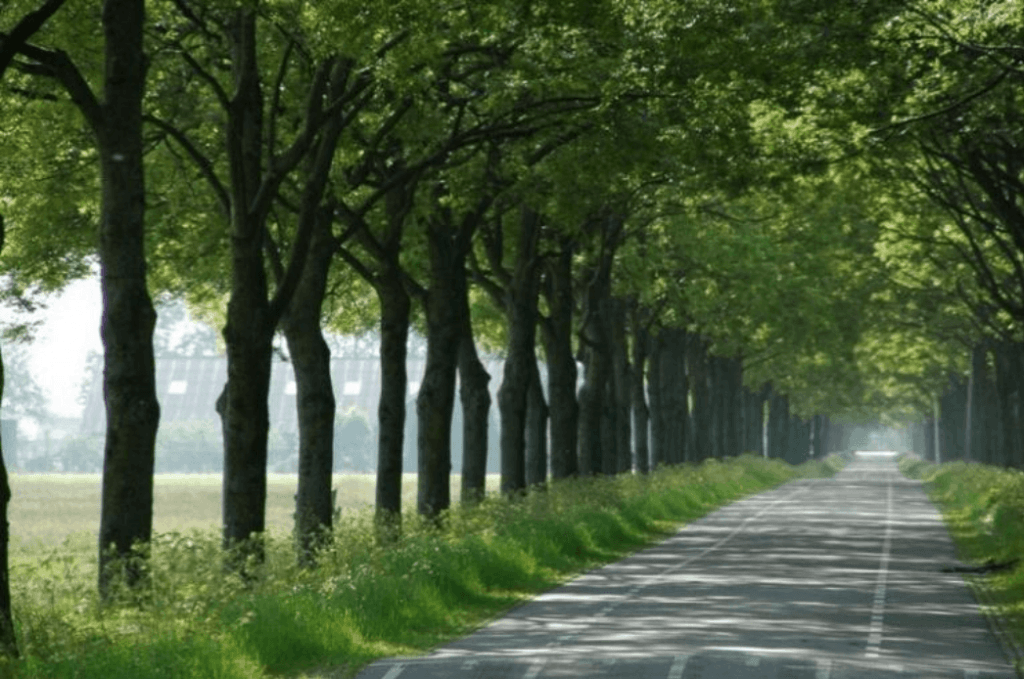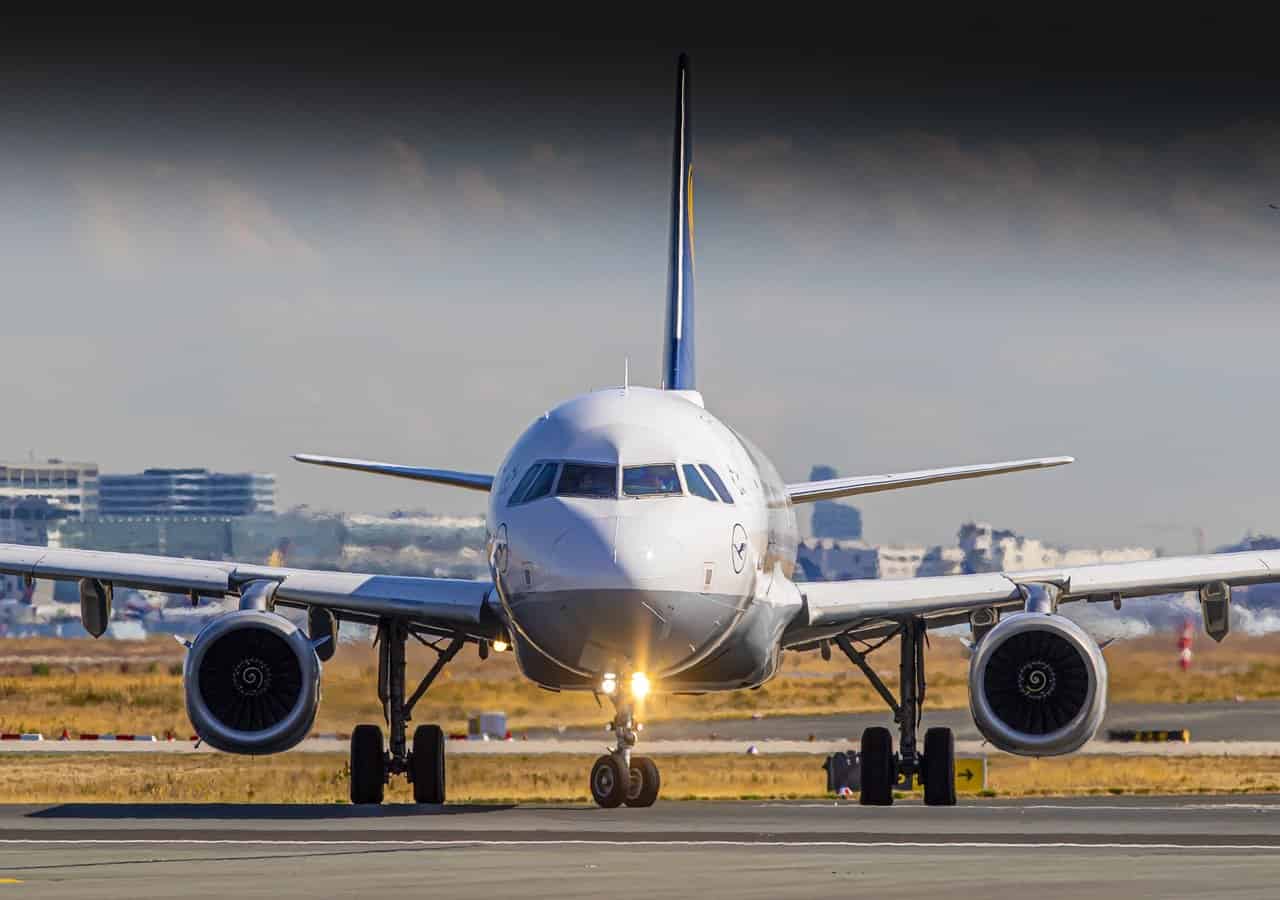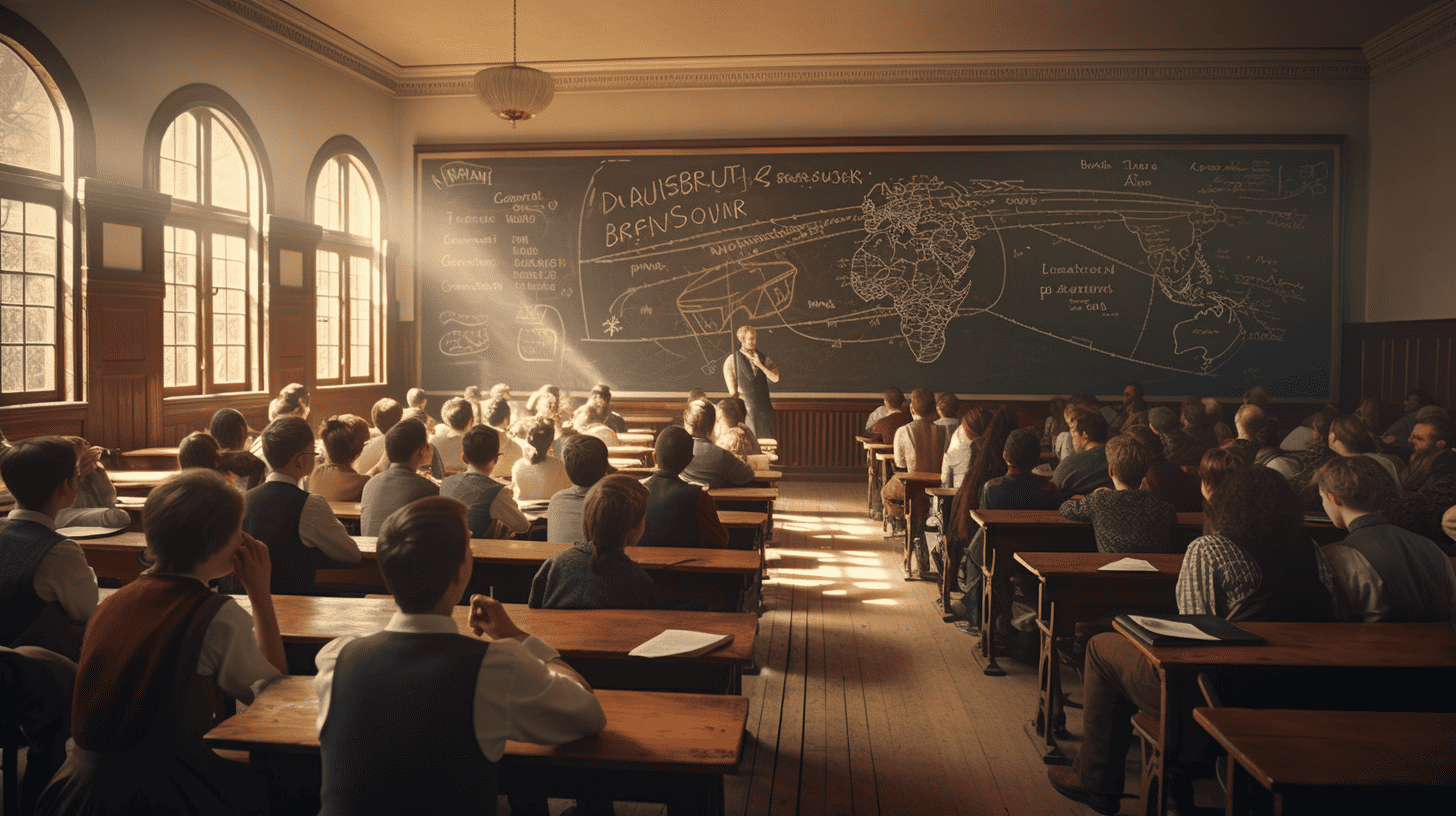
In a weekly column, alternately written by Lucien Engelen, Mary Fiers, Maarten Steinbuch, Carlo van de Weijer, and Tessie Hartjes, E52 tries to find out what the future will look like. All five contributors – sometimes accompanied by guest bloggers – are working on solving the problems of our time. Everything to make Tomorrow Good. This Sunday, it‘s Mary Fiers’ turn. Here are all the previously published columns.
Where are they, the tree knights of the future? People who jump in when trees have to clear the field unnecessarily. Well, tree knights may sound a bit medieval for a city of the future, but it is precisely in our smart region that you would expect them to be. The tree knights of the future.
Tree-cutting for road safety
Last week, the government launched a plan to make the so-called rural N-roads safer by cutting down trees. About a third of the fatal accidents on these roads are caused by collisions with an obstacle, such as a tree. The underlying idea is to remove trees or lay down safety barriers in order to prevent a lot of suffering.
Regardless of how tragic it may be, this is typically a story of “not seeing the forest anymore because of the trees”. Provided that everyone, including myself, is in favour of road safety, but when I read the news of spending 50 million euros in making our roads more ‘forgiving’, I got the feeling that these planners were doing a very short-sighted job. Felling trees is mainly symptomatic because this purely traffic-related measure ignores the fact that many roadside accidents are primarily due to irresponsible driving; speeding and alcohol. And more and more often the use of apps and phone calls while driving. This will not be solved by felling trees along the road. And what is the next measure? Fill all the ditches along the roads?
Ecological and landscape value
The planners ignore the great value of trees for the quality of our living environment. Trees, rows of them alongside the avenues, are beautiful and contribute to the typical character of a region or landscape. They form the backbone of the (Brabant) landscape. Perhaps even more important is their ecological value, as they provide food, nesting, and shelter for birds, mammals and insects.
Trees as lungs
Anyone who follows the news will know that air quality is under pressure worldwide, including in our region. So it is time to act.
Due to global climate change, it has been agreed in the Paris Agreement that the amount of CO2 must be significantly reduced in order to prevent further global warming.
The good news is that trees, as they grow, capture CO2, which reduces the amount of CO2 in the air. Trees also purify the air of particulate matter and ozone and release oxygen. Oxygen, which we humans need in order to live. The solution is therefore quite simple. More trees. No less. And certainly no frivolous felling.
Smart region?
What does all this have to do with our smart region?
Ever heard of biomimicry? Biomimicry revolves around looking in nature for inspiration for new inventions. It is not really technology or biology, it is the technique of biology. Biomimicry is not about what we can get out of nature, but about what we can learn from nature.
Biomimicry shows us that we can learn a lot from trees. Not only to be used for new technological developments, but also because of the intrinsic value of this kind of natural processes.
In our smart technological region, you can expect that the (re)valuation of natural processes will be given a breeding ground.
That’s why you expect them to be right here: the tree knights of the future!
And perhaps these technical tree knights of the future will impress the road users at the Ministry of Transport, Public Works and Water Management.








